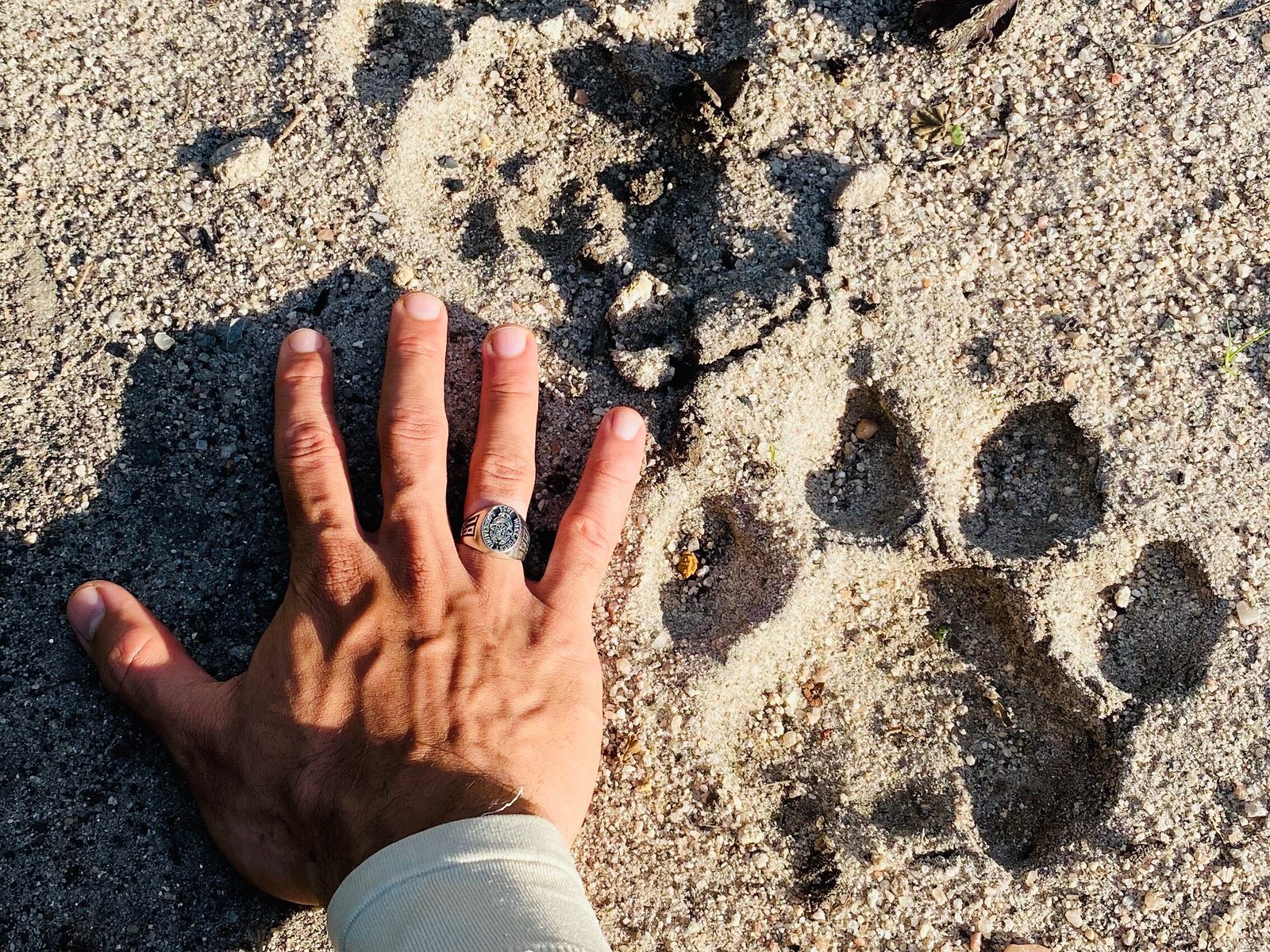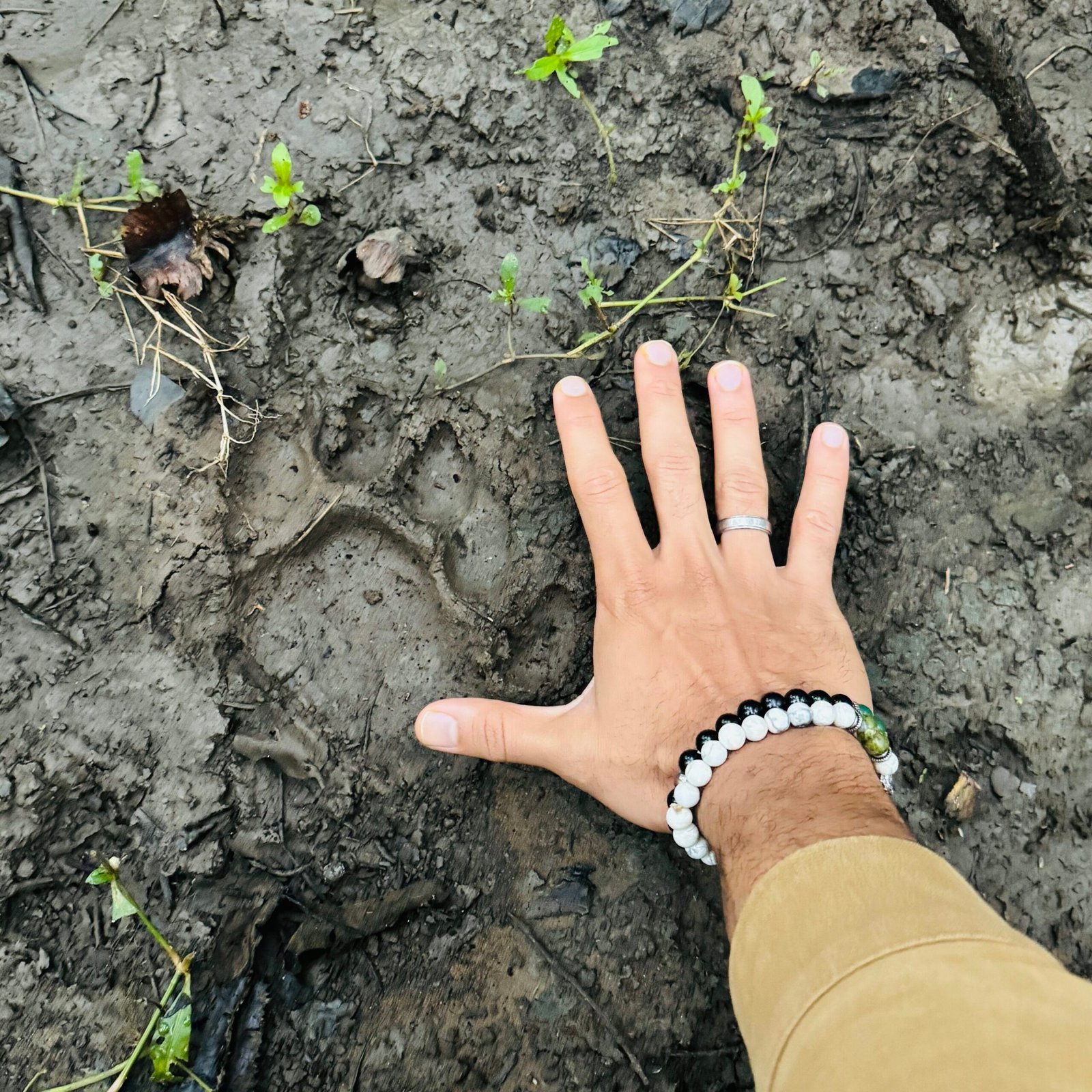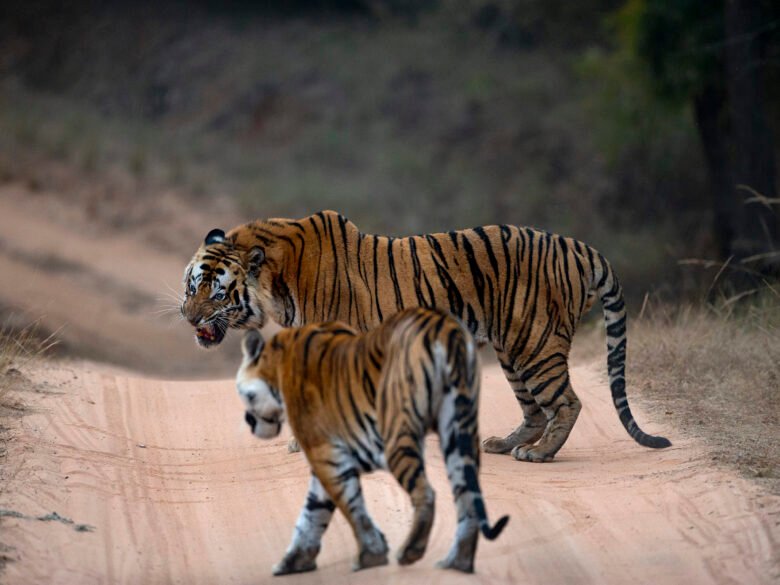Every time I have guest on Safari, the first question I’m asked is how do we track tigers?
I’ve been tracking tigers for over 15 years and these are the three things that I look forward while trying to track tigers
1- Tracking tigers through the forest’s calls
I simply try listening to the forest.
The forest is my Best Friend when it comes to tracking- especially Cheetal Deer and Langur monkeys.
Any time a big cat is on the prowl, the langur monkeys make alarm calls like this-
And cheetal deer goes like this-
These are the calls that I’m trying to hear when I’m in the jungle, tracking tigers. Other animals like the Sambhar deer, the Red-faced rhesus macaques and even barking deer make alarm calls.
Expert trackers can also decipher calls of birds and squirrels!



2- Listening for tiger sounds
I’m always trying to strain my ears and listen to tigers calling out or growling. Tigers often communicate with one another using sounds such as this-
It might be a mother trying to look for it or it might be a male patrolling itself, announce its presence or even a female trying to patrol her territory. Letting everyone know that this is her area.
3- Tracking tigers by their pugmarks

This is the most important one. When I’m driving around in the forest, or the times when we’re doing walking safaris, I try to look for pugmarks. Pugmarks are essentially a tiger’s pawprints and they hold a whole host of clues and information.
When I see those marks, I can decipher whether the mark is old or fresh, whether belongs to a male or female, the direction that the tiger is heading and also its pace. I can also also tell the age of a tiger through its pugmark.




Tracking is a dying artform. But for me, it’s one of the most important and thrilling aspects of being on a safari. Share this article with someone who might find it useful
– Suyash Keshari



